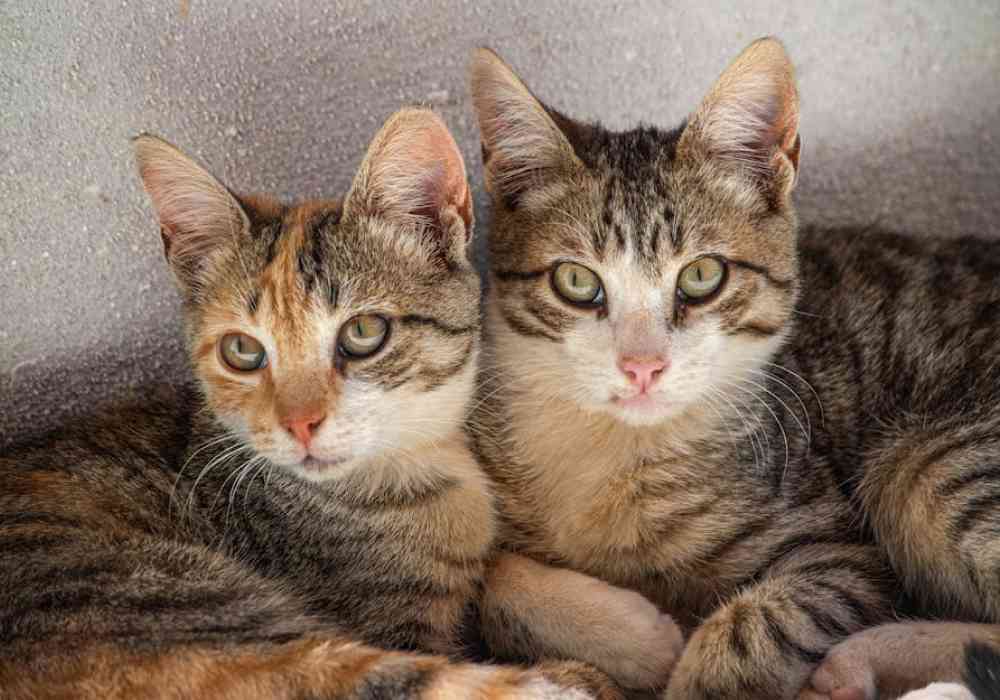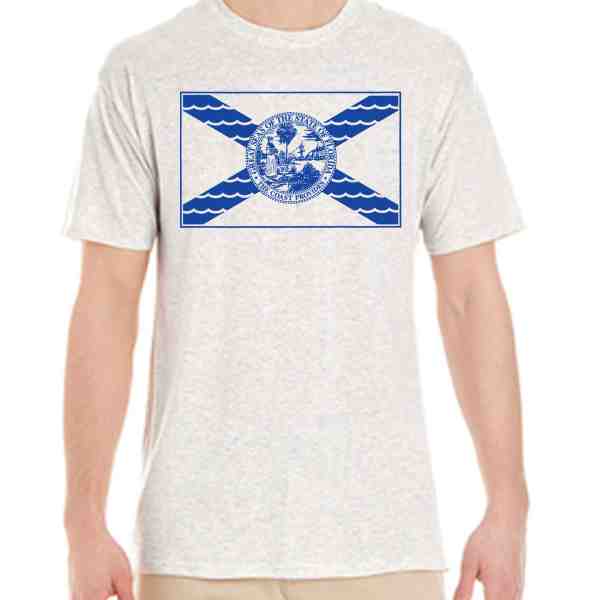Key West’s Furry Friends: A Guide to the Island’s Cats
Key West cats have captured the hearts and imaginations of both locals and visitors alike. Known for their distinctive extra toes, these polydactyl felines owe much of their fame to the legendary author Ernest Hemingway. At his former home in Key West, Hemingway was not only penning masterpieces like “A Farewell to Arms” but also tending to a colony of cats with unique mitten-like paws. These cats, descendants of a cat named Snow White and a gift from a ship’s captain, have become a living heritage at the Ernest Hemingway Home and Museum.Key highlights about Key West cats:
- Polydactyl cats carry a dominant gene for extra toes.
- Ernest Hemingway’s home houses about 60 cats, all carrying this polydactyl gene.
- The cats are named after famous individuals, a tradition started by Hemingway himself.
As you explore Key West, you’ll find that these unique cats are not just part of the Hemingway legacy but also an integral piece of the island’s local culture.
Hi there, I’m Chris Higgins, a graphic artist and Key West local who has been captivated by these fascinating felines. With over a decade spent in this vibrant island community, I’ve become well-acquainted with the charm and cultural significance of Key West cats. Let’s dig deeper into their story!
The Legacy of Hemingway’s Cats
The story of Key West cats begins with a white, six-toed feline named Snow White. Gifted to Ernest Hemingway by a ship’s captain in the 1930s, Snow White became the matriarch of a unique lineage of polydactyl cats. These felines, known for their extra toes, are a beloved feature of the Ernest Hemingway Home and Museum in Key West.
Snow White: The Original Six-Toed Cat
Snow White’s genetic legacy is visible in the many cats that roam the Hemingway estate today. These six-toed cats, or polydactyls, are not just a quirky genetic anomaly; they are a testament to the lasting impact of Hemingway’s affection for his furry companions. The polydactyl trait, caused by a dominant gene, results in the cats’ distinctive mitten-like paws.
The Ernest Hemingway Home and Museum
Visitors to the Ernest Hemingway Home and Museum are greeted by around 60 cats, all descendants of Snow White. This lush, subtropical property not only preserves Hemingway’s literary legacy but also serves as a sanctuary for these unique cats. Each cat at the museum carries the polydactyl gene, and about half exhibit the physical trait of extra toes.
The museum offers tours where guests can learn about Hemingway’s life, his writing process, and his love for cats. The cats, named after famous figures in a tradition started by Hemingway, have become a significant draw for tourists. They lounge in the sun, wander through the gardens, and occasionally nap in Hemingway’s favorite spots.
Six-Toed Cats: A Living Heritage
The six-toed cats of Key West are more than just a curiosity; they are a living connection to Hemingway’s life and work. Their presence at the museum adds a layer of charm and authenticity, offering a glimpse into the author’s world. These cats embody the spirit of Key West and its vibrant community, making them a must-see for anyone visiting the island.
As you explore the Ernest Hemingway Home and Museum, you’ll find that these cats are not just a part of the past—they are an enduring piece of Key West’s cultural mix.
Key West Cats: A Unique Genetic Trait
The Key West cats are famous for their unique genetic trait: polydactylism. This condition, caused by a genetic mutation, results in cats having extra toes. While most cats have five toes on their front paws and four on their back, polydactyl cats often have six or more, giving them mitten-like paws.
The Polydactyl Gene
The polydactyl trait is inherited through a dominant gene, meaning that it only takes one parent with the gene to pass it on to their offspring. This is why about half of the cats at the Hemingway Home exhibit extra toes. The gene does not affect the cats’ health, but it does give them a distinctive appearance that has fascinated visitors for decades.
Mitten-Like Paws
The extra toes on polydactyl cats create paws that look like mittens. These mitten-like paws are not just for show; some people believe they give the cats better balance and climbing ability. Whether or not this is true, the cats certainly seem to enjoy their unique paws, using them to explore every corner of the Hemingway estate.
A Genetic Marvel
The presence of polydactyl cats in Key West is a testament to the quirky charm of the island. They are a genetic marvel that continues to captivate tourists and locals alike. The story of these cats and their unusual paws adds an extra layer of intrigue to the rich mix of Key West’s cultural and natural history.
As you wander through the lush gardens of the Ernest Hemingway Home and Museum, take a moment to appreciate these remarkable cats. Their mitten-like paws are more than just a genetic anomaly; they are a symbol of the island’s unique heritage.
Exploring the Ernest Hemingway Home and Museum
Visiting the Ernest Hemingway Home and Museum is a must for anyone who loves literature, history, or simply quirky attractions. Key West cats play a significant role in making this museum a special place, and they are as much a part of the experience as the historic house itself.
Museum Tours
The museum offers guided tours every 20-30 minutes, providing a fascinating glimpse into Hemingway’s life and the history of his beloved cats. Knowledgeable guides share stories about Hemingway’s time in Key West, his writing process, and, of course, his famous six-toed cats. These tours are highly recommended, but visitors are also welcome to explore the property on their own.
Cat Names
Hemingway had a tradition of naming his cats after famous people, and this tradition continues today. Each cat at the museum has a unique name, often inspired by a celebrity or historical figure. The cats are known to respond to their names, especially when called by someone they trust. This adds a personal touch to the visitor experience, making each encounter with a cat feel special.
Visitor Experience
Visitors to the museum can expect a delightful mix of history, literature, and feline charm. As you stroll through the gardens, you might find a cat lounging in the sun or napping in one of Hemingway’s favorite spots. The cats are friendly and often approach visitors, adding an interactive element to your tour.
The lush gardens and historic architecture provide a beautiful backdrop as you learn about Hemingway’s life and his love for these unique animals. The museum is open 365 days a year, from 9 am to 5 pm, and admission includes the tour. It’s cash only, so be prepared before you visit.
The Hemingway Home and Museum isn’t just a place to learn about a literary giant; it’s a chance to connect with a part of Key West’s vibrant culture, where the past and present come together in a truly unique setting.
Key West Cats and Their Role in Local Culture
The Key West cats, especially those at the Ernest Hemingway Home and Museum, are more than just furry residents; they are a cherished part of the island’s cultural fabric. These cats are a major tourist attraction, drawing visitors from all over the world who are eager to see the famous six-toed felines.
Tourist Attraction
The Hemingway cats are a highlight for many tourists visiting Key West. People come not just for the history and literature but to meet the descendants of Hemingway’s original polydactyl cat, Snow White. The cats’ mitten-like paws and unique personalities make them a hit with visitors, who often leave with stories and photos of their favorite feline encounters.
Cultural Significance
The presence of these cats adds a layer of cultural significance to Key West. They are a living link to the island’s past, embodying the spirit of Ernest Hemingway and his love for animals. The cats are celebrated in local festivals, such as the annual Hemingway Days Festival, where cat lovers and Hemingway enthusiasts gather to honor the author’s life and legacy.
Island Community
Beyond their appeal to tourists, the Key West cats hold a special place in the hearts of the island community. They are seen as unofficial ambassadors of Key West, representing the laid-back and quirky charm that the island is known for. Locals often share stories of their interactions with the cats, and many feel a sense of pride in their unique feline population.
In Key West, the cats are not just part of the scenery; they are integral to the island’s identity. They bring together residents and visitors alike, fostering a sense of community and connection through shared appreciation for these extraordinary animals.
Frequently Asked Questions about Key West Cats
Why are there 6-toed cats in Key West?
The Key West cats owe their unique six-toed feature to a genetic trait known as the polydactyl gene. This trait is not breed-specific and can appear in any cat. The story of these cats in Key West began with Ernest Hemingway, who was gifted a six-toed cat, Snow White, by a local ship captain. Sailors considered these cats good luck, and Hemingway, a cat lover, acceptd them wholeheartedly. Today, many of the cats at the Hemingway Home and Museum are descendants of Snow White, showcasing their distinctive mitten-like paws.
What happened to all the cats in Key West?
The cats of Key West, especially those at the Hemingway Home, have become famous over the years. They are well-cared for, receiving regular veterinary care, and have free reign of the museum grounds. These cats have become a part of the cultural space in Key West, remaining as beloved residents of the island. They continue to thrive and multiply, with many still carrying the polydactyl trait that makes them so unique.
How many cats live at the Hemingway House in Key West?
Currently, about 60 cats reside at the Hemingway House in Key West. Around half of these cats are polydactyl, carrying the same genetic trait as their ancestor, Snow White. The museum ensures these cats are healthy and well-maintained, allowing them to live comfortably amid the historical surroundings. Visitors to the museum have the chance to meet these iconic felines and learn about their fascinating lineage, making the Hemingway House a must-visit destination for cat lovers and history buffs alike.
Conclusion
Key West is not just a haven for sun-seekers and history buffs; it’s a vibrant cultural hub where local art and unique stories intersect. At the heart of this cultural mix are the Key West cats, descendants of Ernest Hemingway’s beloved six-toed feline, Snow White. These cats are more than just a quirky genetic anomaly; they are a living part of the island’s rich history and charm.
For those exploring the artistic side of Key West, Handshucked Designs offers a unique blend of local art and culture. Our work is inspired by the island’s distinctive character, including our popular “Lost Cat” series. This collection pays homage to the whimsical and enduring spirit of the island’s cats, capturing their essence through creative and original designs.
Visiting Key West is an opportunity to immerse yourself in a community that values its history and artistic expression. From the iconic Hemingway cats to the vibrant local art scene, the island is a testament to creativity and resilience. We invite you to find this unique blend of culture and art by visiting our Handshucked Designs studio in Key West. Come explore the stories and creations that make this island truly special.






